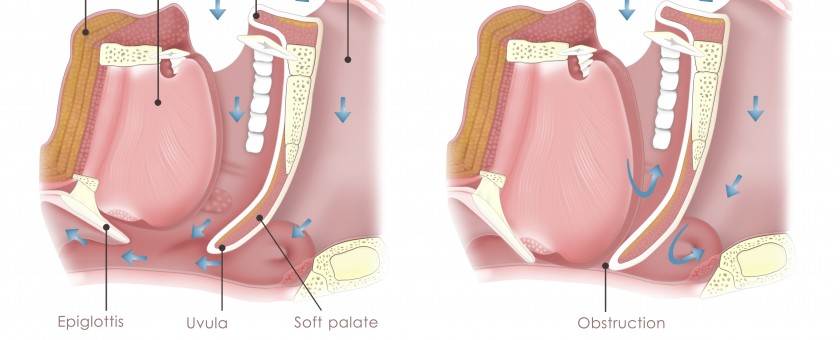“The Silent Breathe: Postoperative Complications in the Sleep Apnea Population”
Investigator: Barbara U. Ochampaugh, RN, BSN, CPAN, Level IV St. Peter’s Health Care Services Albany New York Co-Investigator: Deborah Marra, RN, BSN, CPAN, Level III
Chung defines Obstructive Sleep Apnea (OSA) as a sleep disorder caused by repetitive partial or complete obstruction of the upper airway. (2008)
In the perioperative setting, patients with diagnosed or suspected OSA are managed closely due to a potential for complications. The American Society of Anesthesia (ASA) and the American Society of Perianesthesia Nurses (ASPAN) have adopted guidelines for the care of the OSA patient. This institution is in the process of developing guidelines for the OSA population.
The purpose of this research was to answer the following questions: What is the Phase I length of stay for the known OSA patient with or without a bi-pap machine? Were there any adverse respiratory events in the first three (3) post-operative days?
This descriptive quantative study focuses on50 randomized diagnosed OSA patients at a community hospital. The inclusion criteria were: patients with a diagnosis of OSA undergoing surgery and requiring admission. Data was obtained through current/concurrent chart review. Patients were followed for three days postoperatively with a follow up phone call made one week post discharge. Fourteen of the 50 patients had identifiable respiratory events in the Phase I perianesthesia unit (PACU). Their oxygen saturations ranged from 77%-88% on arrival in PACU. To correct hypoxia, nine required Continuous Positive Airway Pressure (CPAP) and five required airway maneuvers. For these patients, length of stay in the PACU was 1-7 hours. Thirteen of the event patients received general anesthesia. No apneic events were recorded for any of the patients on three (3) consecutive post-operative days. Only 25 patients were able to be reached for the postoperative phone call. The patients who did not have CPAP machines, reported nightmares, trouble sleeping and daytime sleepiness. Only three (3) patients used their CPAP when napping during the day.
Findings of this study may be used in the development of institutional specific guidelines. OSA patients requiring general anesthesia require closer peri-operative monitoring to ensure adequate respiratory function. A multidisciplinary approach is needed for the safety of the OSA patient. Nursing staff must be vigilant for patient complications. Nursing and respiratory therapy need to encourage patient compliance with CPAP equipment.
References Practice Guidelines for the Perioperative management of patients with obstructive sleep apnea. (2006, May). Anesthesiology, (104), 1543-1563. Chung,B. Yuan, H. & Chung, F. (2008, Nov.). A systemic review of obstructive sleep apnea and its implications for anesthesiologists. Anesthesia and Analgesia. (107), 1543-1563. Doyle, J. (2009). Obstructive sleep apneaand the surgical patient. What the anesthesiologist should know. Anesthesiology News Guide to Airway Management. 7-12.Ead,H. (2009, April). Meeting the challenge of obstructive sleep apnea: Developing a protocol that guides perianesthesia patient care. JOPAN (24), 103-113.Gali, D.et. al. (2007, April). Management plan to reduce risks in Perioperative care of the patient with presumed obstructive sleep apnea syndrome. Journal of Clinical Sleep Medicine. (6) 1128-1134. Hwang,D.et. al. (2008, May). Association of sleep disordered breathing with postoperative complications. Chest Journal. (5). 1128-1134.

